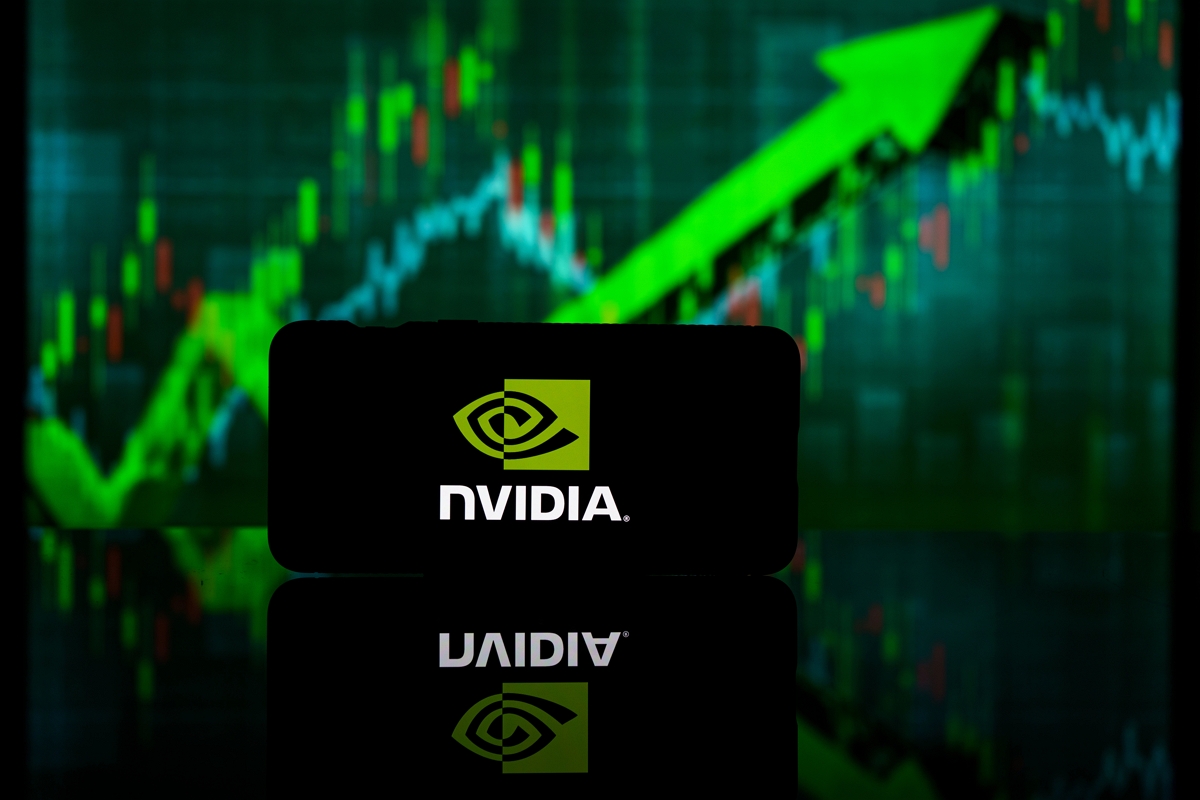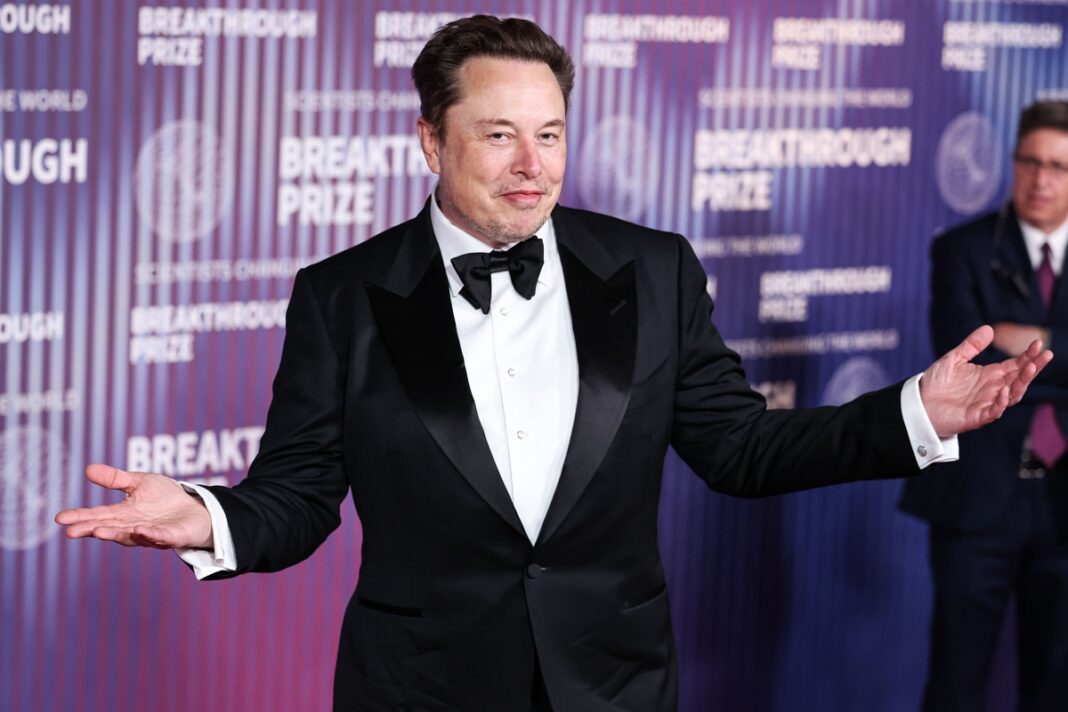
AI leader Nvidia saw its stock soar by over 4% on Tuesday.
After briefly pausing its record-setting streak on Monday, which had been ongoing since July 8, Nvidia resumed its upward trajectory on Tuesday following news that the export of H20 semiconductors to China would be permitted.
The stock price surpassed $170 for the first time in the company’s history.
Earlier that day, Nvidia announced that the Trump administration had lifted export restrictions on H20 semiconductors, which were developed specifically for the Chinese market.
The Trump administration, which had effectively banned exports to China by including H20 in export license requirements in April, has now promised to issue the necessary licenses.
CEO Jensen Huang stated that exports to China would resume soon.
This news propelled Nvidia to break through the $170 stock price barrier, continuing its record-setting performance.
Analysts quickly revised their price targets for Nvidia upward.
Ben Reitzes, an analyst at Melius Research, hailed the resumption of H20 semiconductor exports as a significant positive development. He projected that Nvidia’s stock price could reach $ 235 within a year, representing a more than 40% increase from its July 14 closing price of $ 164.07.
Oppenheimer set a target price of $200, approximately 22% higher than current levels, while Bernstein suggested $185, which is nearly 13% higher.
Evercore ISI reaffirmed Nvidia as a top pick, setting a target price of $190, approximately 16% higher.
These substantial upward revisions in target prices suggest that Nvidia is embarking on a journey toward a $5 trillion market capitalization.
Last week, Nvidia became the first company to join the $4 trillion market cap club. If its stock price exceeds $204.92, it will surpass a $5 trillion valuation.
The $235 target price proposed by Reitzes from Melius Research implies that Nvidia’s market cap could exceed $5 trillion by this time next year.
Even with a $5 trillion market cap, Nvidia is unlikely to face significant concerns about a bubble.
Based on market forecasts for Nvidia’s earnings per share (EPS) ranging between $4.00 and $4.39 for its 2026 fiscal year, ending in January 2026, Nvidia’s price-to-earnings ratio (P/E) would be just above 51 at a $5 trillion valuation.
While a P/E ratio of 51 is high compared to the average P/E of around 22 for S&P 500 companies, it’s not considered excessive given Nvidia’s historical P/E trends.
Nvidia has consistently maintained a high P/E due to its strong growth potential, with its average P/E reaching 72 in 2021.


